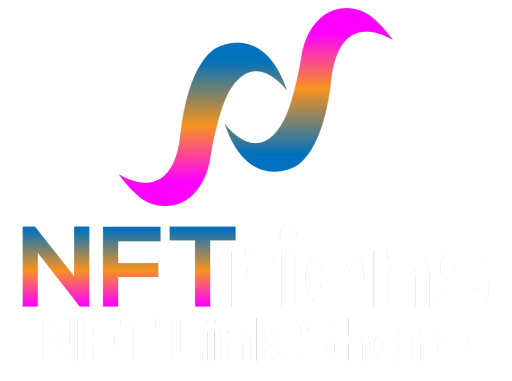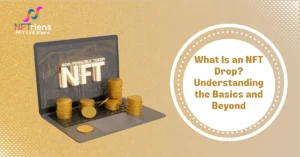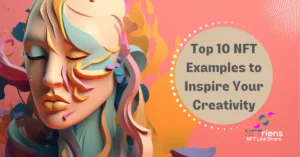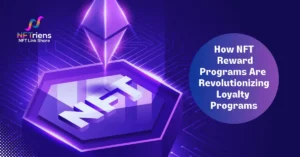If you deal in artwork, photos, videos, and audio digital files, you must wonder how to sell photos as NFT!
Creators of NFTs on the Ethereum blockchain garnered a cumulative royalty income of $19.1 billion spanning 2021 through 2023. No doubt, NFTs hold much income potential. Here is a comprehensive guide on selling photos as NFT so you can join this profit club.
How to turn a photo into an NFT?
The following steps are undertaken to turn the photo into an NFT:
Select a platform
Selecting a suitable blockchain is critical for creating and potentially selling your photos as an NFT, given that each blockchain operates under its own rules and regulations. Careful consideration is essential as it extends to choosing compatible marketplaces and tools for your NFT endeavors.
Among the array of available blockchains, some of the most prominent include Ethereum, Binance Smart Chain, Tezos, Polkadot, etc. Presently, Ethereum stands out as the predominant choice for minting NFT.
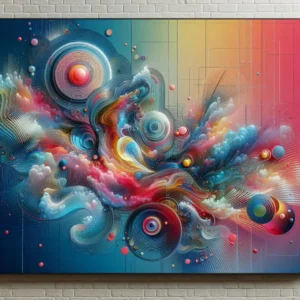
Crypto wallet
The next step in how to sell photos as NFT is creating a crypto wallet. Upon selecting a blockchain, choosing a cryptocurrency wallet for conducting essential transactions becomes imperative. This wallet is the gateway for managing and executing all necessary financial interactions within the blockchain ecosystem selected.
Funding the wallet
After setting up your cryptocurrency wallet, the next step involves funding it with digital currency to facilitate transactions and cover associated fees. When utilizing the Ethereum blockchain, depositing Ether into your wallet is essential.
There are various methods for adding cryptocurrency to your wallet, including:
- You can directly deposit cryptocurrency into your wallet through standard transfer methods.
- An alternative method involves connecting an offline hardware wallet to your online wallet and initiating a secure transfer. This approach enhances security by keeping a significant portion of your cryptocurrency in cold storage, away from online vulnerabilities.
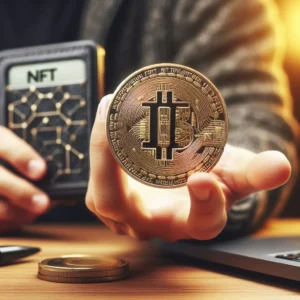
Selecting the marketplace
When venturing into selling photos as NFTs, navigating the diverse landscape of NFT marketplaces tailored for photography is essential. It’s worth noting that each platform operates with slightly different protocols and may impose distinct charges. To optimize your experience and make informed choices, consider exploring multiple NFT marketplaces and comparing their features, fees, and community dynamics.
Some popular NFT marketplaces for photography include platforms like OpenSea, Rarible, and Mintable, each offering unique tools and opportunities for creators.
Connecting wallet to the marketplace
Complete the required personal information and log in to your chosen marketplace. After establishing your profile, the next step involves integrating your cryptocurrency wallet.
Creating SFT or 1/1 token: Ensure your wallet is linked to facilitate direct transactions via your profile, enabling actions such as crafting and listing NFTs. Making a 1/1 or a semi-fungible token provides flexibility in tailoring your digital assets according to your artistic preferences and market strategy.
Listing
It’s time to introduce your NFT to the market. List your creation on the chosen marketplace, providing potential buyers with a captivating presentation of your unique digital masterpiece.
This is how to turn a photo into an NFT. The journey doesn’t end here; it’s a continuum of exploration and innovation within the exciting realm of selling prints as NFTs.
Conclusion
There are a few frequently asked questions answered below :
Is it possible to go from photos to NFT?
How much is the price of an NFT picture?
Is the idea of selling an image as an NFT feasible?
Best platforms for selling photos as NFT?
What are the advantages of selling photos as NFTs?
- Ownership Verification: NFTs offer unique blockchain ownership proof.
- Global Marketplace: Reach collectors and investors globally.
- Secondary sales royalties: Earn continuous royalties.
- Blockchain records transactions immutably, assuring transparency and authenticity.
- Artists control their digital works.
